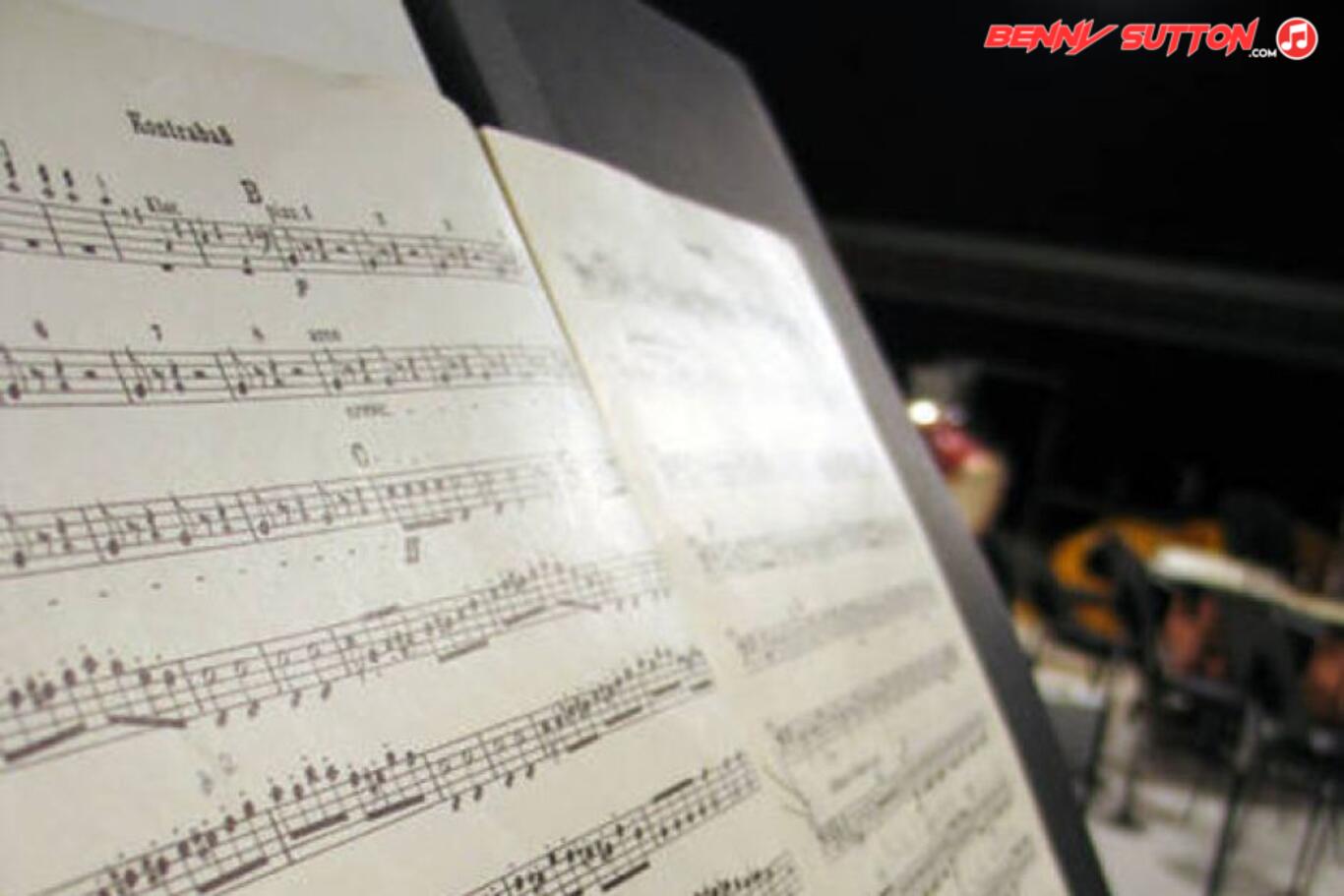Increased emphasis on attack; common marks: >, ^ (marcato), sfz for dynamic accent.
An accent is a note played with extra stress or intensity to make it stand out. It’s one of the simplest yet most powerful tools for shaping rhythm and phrasing—how musicians give a line direction, groove, and emotional contour.
In notation, accents appear as small marks above or below notes:
- > = standard accent (strong attack)
- ^ = marcato (even stronger, detached)
- sfz / sforzando = sudden, forceful accent
An accent doesn’t always mean louder—it can mean sharper attack, brighter tone, or a slightly earlier placement in time. Drummers accent rimshots; pianists hit keys with more weight; brass players tighten air pressure; vocalists lean on a syllable.
In rhythm sections, accents define groove shape. Funk drummers and bassists use selective accents to highlight subdivisions—think of Clyde Stubblefield’s snare pops or Flea’s syncopated bass attacks. In swing or Latin styles, shifting accents off the downbeat creates propulsion and syncopation.
In digital production, accents are usually velocity variations or transient shaping—making certain hits punchier or brighter. A small difference (5–10% louder) is often enough to make the rhythm breathe.
Musically, accents are punctuation. They tell the listener where the energy sits—guiding phrasing, defining feel, and keeping repetition alive. Without accents, music flattens; with them, it speaks.
